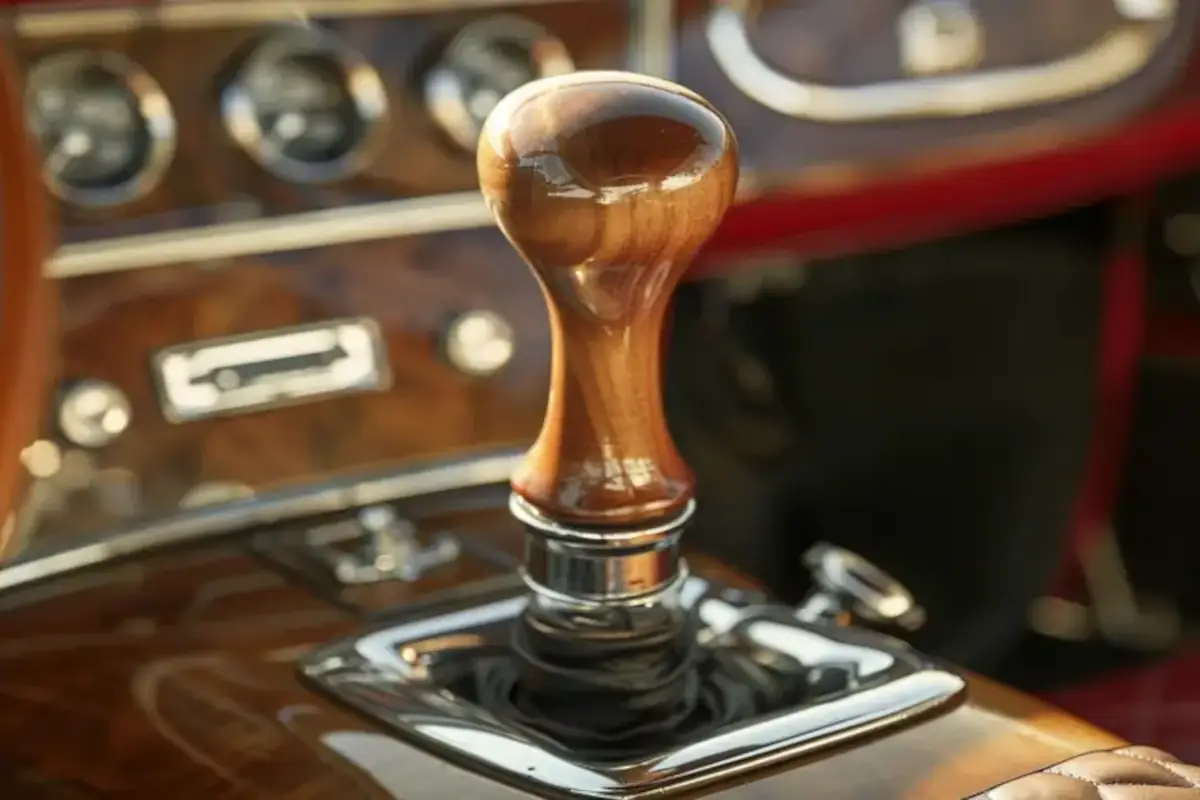When my son began learning how to drive, I found myself in an unexpected moment of reflection. As he observed me behind the wheel, he asked a simple question: “Dad, why do you downshift?”
It’s a fair question. Most drivers never bother with it. For many, downshifting seems unnecessary, even old-fashioned. But to me, it’s a habit rooted in something far deeper than just driving technique.
The Practical Answer: Learning from Truckers
The short answer I gave him was straightforward: truckers downshift to save their brakes, especially when going downhill. It’s a small adjustment that makes a big difference—reducing wear and tear, saving time, and cutting down on maintenance costs.
I’m no long-haul trucker, but the principle stuck with me. If I can get the engine to handle the load that others leave to their brakes, why wouldn’t I? It’s a small effort for a substantial benefit.
But there’s a bigger reason why I do it—a philosophy that extends far beyond driving.
The Real Answer: Little Hinges, Big Doors
Throughout my life, I’ve been fortunate to learn from people who understand the power of leverage—the small, often-overlooked actions that lead to outsized results. These mentors taught me to find the “little hinges that open big doors,” those pressure points that allow us to achieve more with less.
Downshifting might seem like a trivial habit, but to me, it represents this mindset in action. It’s not just about saving my brakes; it’s about practicing the art of identifying leverage points and using them effectively.
One mentor’s words echo in my mind every time I think about this: “The way you do one thing is the way you do everything.”
If I can take a moment to downshift while driving—saving resources, reducing strain, and thinking a step ahead—what other areas of my life can I improve by applying this same principle?
Applying Downshifting to Life
- Look for Leverage Points
Just like a trucker uses the engine to take the strain off the brakes, we can all find ways to lighten the load in our lives. Whether it’s delegating tasks, automating workflows, or simply rethinking our approach, small changes can have big effects. - Practice Intentional Effort
Downshifting takes a moment of focus—it’s not automatic like pressing the brake. Similarly, identifying and applying leverage in life requires a deliberate mindset. It’s about seeing the opportunity and choosing to act. - Adopt a Long-Term Perspective
Downshifting saves my brakes today, but the real benefit is in the years of wear and tear it prevents. The same goes for life’s decisions: the small investments we make now can compound into significant rewards over time.
The Bigger Picture: How You Do Anything Is How You Do Everything
Teaching my son to drive isn’t just about the mechanics of the road; it’s an opportunity to pass on life lessons that have shaped me. Downshifting is a metaphor for the way I approach challenges, opportunities, and even the mundane tasks of daily life.
It’s not about taking shortcuts—it’s about working smarter, not harder. It’s about finding the balance between effort and efficiency. And most importantly, it’s about living with intention, even in the little things.
Because in the end, the little things are the big things.



